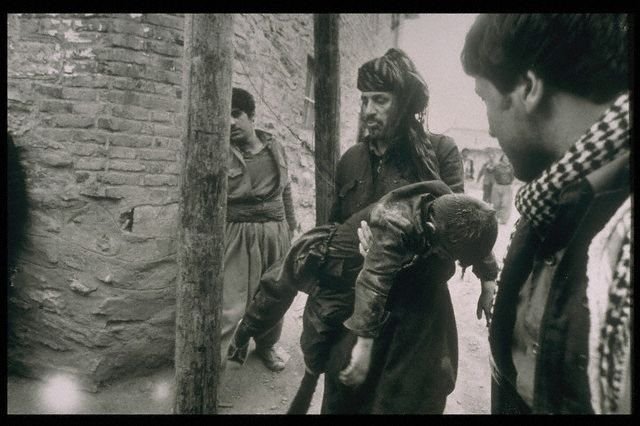
[This post is based on “Iranian Casualties in the Iran-Iraq War: A Reappraisal,” by H. W. Beuttel, originally published in the December 1997 edition of the International TNDM Newsletter.]
Posts in this series:
Iranian Casualties in the Iran-Iraq War: A Reappraisal
Iranian Missing In Action From The Iran-Iraq War
Iranian Prisoners of War From The Iran-Iraq War
The “Missing” Iranian Prisoners of War From The Iran-Iraq War
Iranian Killed In Action And Died Of Wounds In The Iran-Iraq War
Iranian Wounded In Action In The Iran-Iraq War
Iranian Chemical Casualties In The Iran-Iraq War
Iranian Civil Casualties In The Iran-Iraq War
A Summary Estimate Of Iranian Casualties In The Iran-Iraq War
The Iran-Iraq War produced remarkably few civilian casualties compared to World War I or World War II rates. UNICEF data suggests that prior to World War I, civilians accounted for only 5% of all deaths in a given war. This rose to 15% in World War I and an astounding 65% in World War II.[113] Iran claims 11,000 civilian deaths as a result of the war primarily through Iraqi air and missile strikes. The author‘s own study of Iranian civilian deaths places it at about 8,800 known deaths, indicating this number is probably very close to the true figure. If so, civilian deaths accounted for just 5% of total war dead, a turn-of-the-century standard. The number of wounded has not been released, but this author’s figures can account for over 34,000 civilian wounded by air and missile strikes. Further, Iran claims 45,000 civilian “chemical” casualties. If all claims are true then approximately 90,000 civilians became casualties of the war.
This yields a military to civilian casualty ratio of 11:1. This is far better than the ratio claimed in recent wars of 1:9. This suggests that despite the hysteria surrounding “War of the Cities,” the Iranian civilian population was not severely at risk during the war. Compare this to World War II England where the one-year German V-1/V-2 campaign killed 8,588 and wounded 46,838.[114] Then contrast it to total English civilian casualties during World War II at 60,000 dead and 86,800 wounded due to the blitz and buzz bombs. U.K. military killed, wounded and missing (excluding PoW) were 582,900 in World War II giving a military-to-civilian casualty ratio of 4:1.[115] Of course the World War II German bombing and missile campaigns against England were far more severe than that experienced by Iran at the hands of Iraq.
Civilian chemical casualties match military in magnitude. At first this might seem strange. I have found no World War I data on military-to-civilian casualty ratios as regards chemical agents, so there is no point of comparison or contrast here. The high number of civilian chemical casualties seems to be a function of several factors. First some 2,000 Iranian towns and villages lay in areas where Iraqi forces employed chemical weapons.[116] Secondly, Iraqi chemical strikes were often delivered deep into Iranian rear areas to attack reinforcements and support troops. Casualties were often high as the rear echelon troops were less well equipped and prepared to cope with chemical attacks.[117] In these rear area attacks the civilian population density must have been much higher than on the front line. Further, civilians probably had no means of chemical defense. Witness the chemical attack on Halabja in March 1988 with mustard, nerve and cyanogen chloride which killed some 4,000-5,000 civilians and maimed 7,000 others, This may explain the 1:1 relationship between overall Iranian military and civilian chemical casualties.
Mr. Beuttel, a former U.S. Army intelligence officer, was employed as a military analyst by Boeing Research & Development at the time of original publication. The views and opinions expressed in this article do not necessarily reflect those of The Boeing Company.
